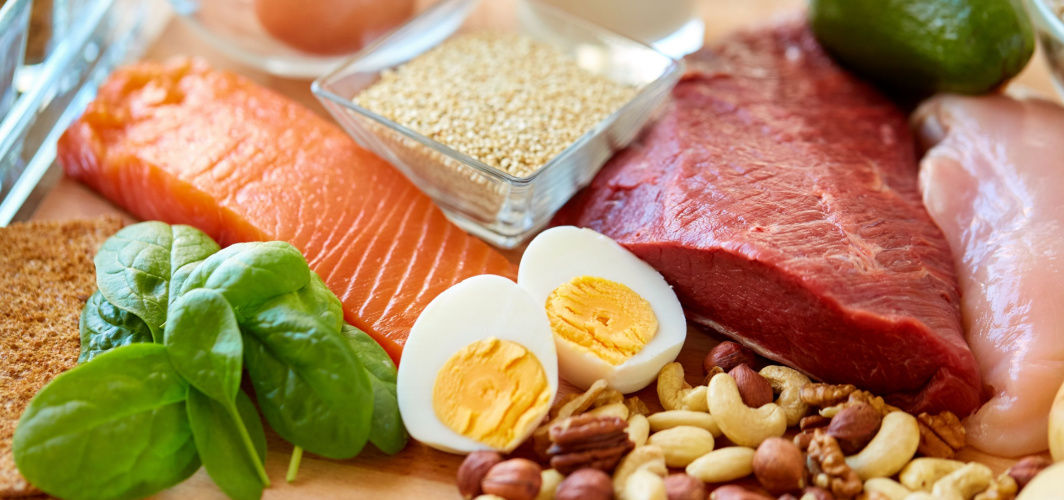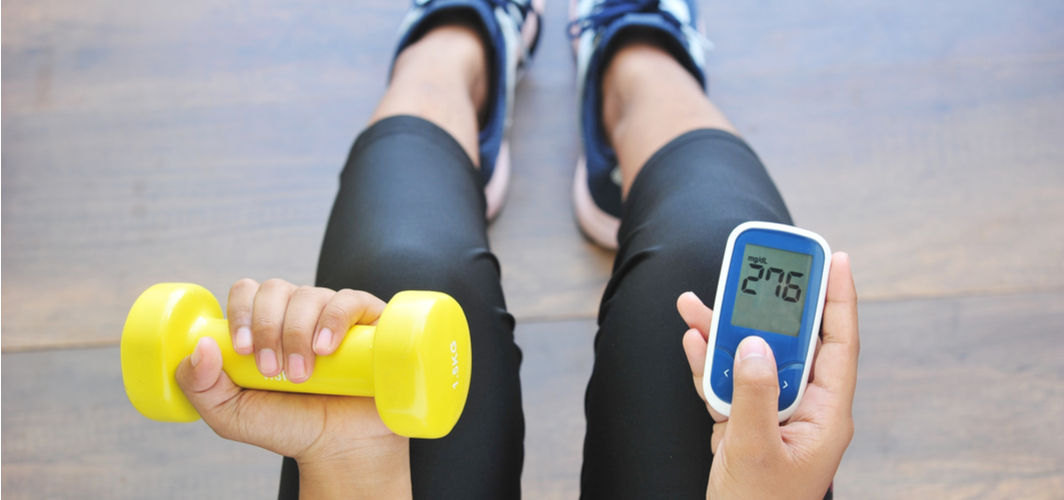General Health
20 Things You Must Have In Your First-Aid Kit
7 min read
By Apollo 24|7, Published on - 03 January 2023, Updated on - 06 April 2023
Share this article
0
12 likes

Accidents are inevitable and uncertain. But when it happens prompt first aid can help limit the degree of injury and spread of infection, and promote faster recovery. However, to deal with any unforeseen medical emergency, one must be prepared with a fully equipped first aid kit. Here are 20 things that must be present in your first aid kit to address different situations.
1. Antiseptic solution
Antiseptic solutions help in removing dirt and debris from the wound. They also prevent the wound from getting infected. Antiseptic solutions are also used to clean the surface before any surgical procedure.
2. Antiseptic lotion or cream
Antiseptic lotions and creams are applied to the wounds after cleaning them with an antiseptic solution. Antiseptic creams are also applied to treat skin conditions such as eczema, scratches, cuts, chapped skin, and cold sores.
3. Adhesive bandage
Most of us bump into things all the time resulting in small cuts and scratches. Adhesive bandages come in handy in such situations as they protect the wound from dirt, friction, microorganisms, and further injury. They are available in different shapes (round, square, and rectangular) and sizes (big and small).
4. Gauze dressing
Gauze dressing has been used to dress wounds for ages as they protect the wound from microbial contamination. Gauze bandages are made up of loose open woven fibres of cotton, or rayon fabric. Medicated gauze dressings are also available to help protect the wound from getting infected.
5. Cotton rolls
Instead of cleaning the wound with bare hands or gauze, one must use a clean cotton ball. Cotton rolls can also be used along with a gauze dressing to prevent it from sticking to the wound.
6. Disposable gloves
Dirty hands often carry millions of microorganisms, which, if entered into an open wound, can cause serious infection. Therefore, your first aid kit must have a pair of disposable gloves that can be used before dressing someone's wound.
7. Crepe bandages
Crepe bandages are extremely useful in providing pressure, and support to a sprained limb or joint. A crepe bandage helps in reducing pain and swelling and accelerates healing.
8. Scissors
Scissors are required to cut the gauze dressing according to the size of the wound. Scissors can also be used to cut the clothing on top of the wound to reduce friction.
9. Tweezers
A tiny splinter may not be visible but can cause a great deal of pain. Instead of piercing the skin with a safety pin, use a tweezer to take the splinter out of the skin. If the splinter is too deep into the skin, visit a doctor.
10. Burn cream
Your first aid kit must have a burn cream, which can be used to treat minor first-degree superficial burns. Burn creams usually contain anaesthetic and silver ingredients, which help relieve pain and prevent infection.
11. Pain-relieving sprays, gels and balms
Pain-relieving sprays, gels and balms are extremely effective in relieving pain instantly. People involved in athletic activities often use these for instant relief. They can be used to relieve pain in the back, head, or any part of the body.
12. Thermometer
A thermometer is necessary to keep a record of body temperature. This also helps the doctor to reach the diagnosis easily. Different types of thermometers such as mercury thermometers, digital, and infrared thermometers are available in the market.
13. Painkillers
We experience a headache or back pain now and then. Your first aid kit must have a painkiller like paracetamol for such situations. You can also get a prescription for other mild painkillers, such as ibuprofen and mefenamic acid, from your doctor.
14. Anti-allergic medications
Anyone can develop an allergy at any time. While most of these allergies are mild, some of them can be life-threatening. Your first aid kit should have some anti-allergic medicines after getting a prescription from a doctor.
15. Antacids
Indigestion can be uncomfortable and painful. Antacids help in neutralising stomach acid and provide relief in minutes. Antacids are available in the form of chewable tablets, syrups, and effervescent tablets.
16. Eyedrops
Eye drops can help relieve itchiness, dryness, pain, and redness in the eyes. They can also be used to prevent further irritation or infection in the eye after an injury.
17. Gels for mouth ulcers
Ulcers, canker sores and mucosal injuries can be extremely painful and can interfere with your speech and chewing. Mouth ulcer gels can help in relieving the pain and treat the wound effectively.
18. Nasal decongestants
A blocked nose can be irritating as it makes breathing difficult. Nasal decongestants can help in opening the blocked nasal passages, thus providing relief to the person. They are available in the form of sprays and can be used for infants too.
19. Mosquito repellent
A mosquito bite can result in several critical diseases such as dengue, chikungunya, and malaria. Using a repellent containing DEET (diethyl phthalate, diethyl carbonate, N, N-Diethyl-3-Methylbenzamide) can reduce the risk of these diseases. Mosquito repellents are available in the form of lotions, sprays, gels and patches.
20. Pulse oximeter
A pulse oximeter is a useful monitoring device that can help determine oxygen saturation levels and pulse rate. It can help in detecting dangerous symptoms of COVID-19 infection.
First aid prevents the injury from getting severe and also accelerates the process of healing. The things mentioned above can help a person bring immediate relief while stabilising the situation. You can now order all these items without a hassle from the Apollo 247 app.
Medically reviewed by Dr Sonia Bhatt.
General Health
Leave Comment
Recommended for you

General Health
All You Need To Know About Azithromycin
Azithromycin is a versatile antibiotic used against different bacterial infections like sinusitis, pneumonia, and throat infections. Emphasizing responsible usage, the article covers proper dosage, precautions for allergies and medical history, and potential side effects. Explore the importance of adhering to prescribed dosages, completing the full course of treatment, and avoiding self-medication.

General Health
12 Protein-Rich Foods For A Healthy Body
Proteins contribute to several important functions in your body. The human body cannot make necessary proteins on its own. Therefore, it is important to eat foods that are rich in protein. Notably, protein-rich food sources include red meat, fish, eggs, chicken, peanuts, and more.

General Health
Lower Abdominal Pain: Causes, Symptoms and Treatment
Discover the underlying causes, common symptoms and effective treatment options for lower abdominal pain. Learn how lifestyle factors and new technologies can help alleviate discomfort and improve your overall well-being.
Subscribe
Sign up for our free Health Library Daily Newsletter
Get doctor-approved health tips, news, and more.
Visual Stories

The Best Exercises for Controlling Blood Sugar Levels
Tap to continue exploring
Recommended for you

General Health
All You Need To Know About Azithromycin
Azithromycin is a versatile antibiotic used against different bacterial infections like sinusitis, pneumonia, and throat infections. Emphasizing responsible usage, the article covers proper dosage, precautions for allergies and medical history, and potential side effects. Explore the importance of adhering to prescribed dosages, completing the full course of treatment, and avoiding self-medication.

General Health
12 Protein-Rich Foods For A Healthy Body
Proteins contribute to several important functions in your body. The human body cannot make necessary proteins on its own. Therefore, it is important to eat foods that are rich in protein. Notably, protein-rich food sources include red meat, fish, eggs, chicken, peanuts, and more.

General Health
Lower Abdominal Pain: Causes, Symptoms and Treatment
Discover the underlying causes, common symptoms and effective treatment options for lower abdominal pain. Learn how lifestyle factors and new technologies can help alleviate discomfort and improve your overall well-being.